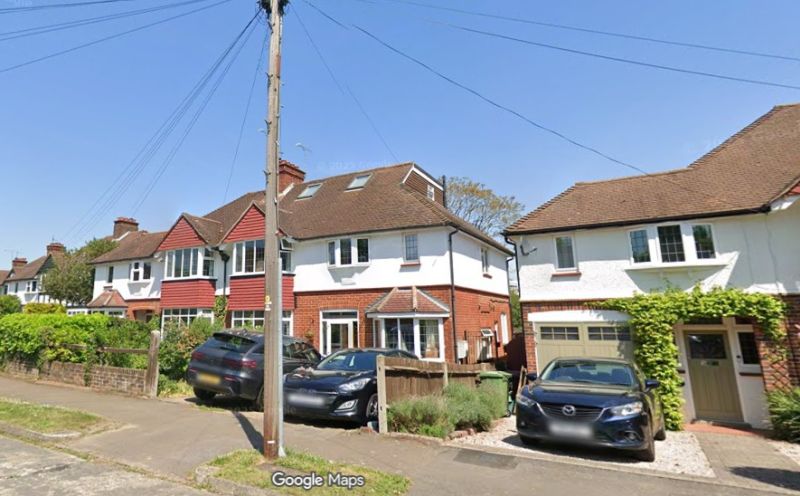Epsom’s Titanic Ties
Epsom and Ewell Times’ History Detectorist purchased this miniature brass bible box from The Princess Alice charity shop in Epsom 2 years ago in the belief it was a piece of World War 1 trench art, but after some light cleaning he was astonished to discover the word “Titanic” engraved on it.
Reference is also made to Douglas Woolley, who claims to own the salvage rights to the Titanic and who in the 1960s made plans to locate and raise the Titanic, a plan that involved inflating nylon balloons and attaching them to the Titanic’s hull.

Although Douglas Woolley’s dream of raising the wreck of the RMS Titanic and creating a floating museum in Liverpool was never realised, he wrote a book on the subject and continues to maintain that he owns the salvage rights to the “unsinkable” ship that sank off the coast of Newfoundland in the North Atlantic in the early hours of 15 April 1912 after colliding with an an iceberg.
The disaster resulted in the loss of an estimated 1,500 lives, partly due to a lack of lifeboats and 2 of Douglas Woolley’s great aunts may also have drowned had it not been for a premonition which caused them to cancel their trip on board the Titanic at the last minute and not travel with their luggage which went down with the ship.
Could it be that the miniature brass bible box had once belonged to one of Douglas Woolley’s great aunts, or perhaps one of the survivors of the Titanic?
Having wanted to raise the RMS Titanic, is it possible that Douglas Woolley was gifted the miniature brass bible box after it was salvaged from the wreck?
If the engraving on the miniature bible box was intended to deceive for the purposes of financial gain, then why was the box donated to a charity shop and why is the name “Douglas Woolley” engraved on it when the name of a member of the Titanic’s crew would have caused the box to fetch more money at auction?

Unfortunately, Douglas Woolley is now an elderly gentleman and I have not been able to make contact with him, but if any readers can tell me anything about this interesting brass object and how it came to be purchased by myself in an Epsom charity shop, The Epsom and Ewell Times and myself would be delighted to hear from you.
George Pelham served on the Titanic as a Trimmer and survived the sinking. It is thought he survived another sinking of a ship during the First World War and these circumstances eventually led to his nervous breakdown and admission to Horton asylum in Epsom in 1935. 42 days after he was transferred to the neighbouring Longrove Hospital he died and was buried in the Horton Cemetery in Epsom on 14th October 1939.
You can read the full story on www.hortoncemetery.org and also read about the campaign to restore the Cemetery where 9000 patients of Epsom’s cluster of psychiatric hospitals were buried between 1899 and 1955 and now lay abandoned.














